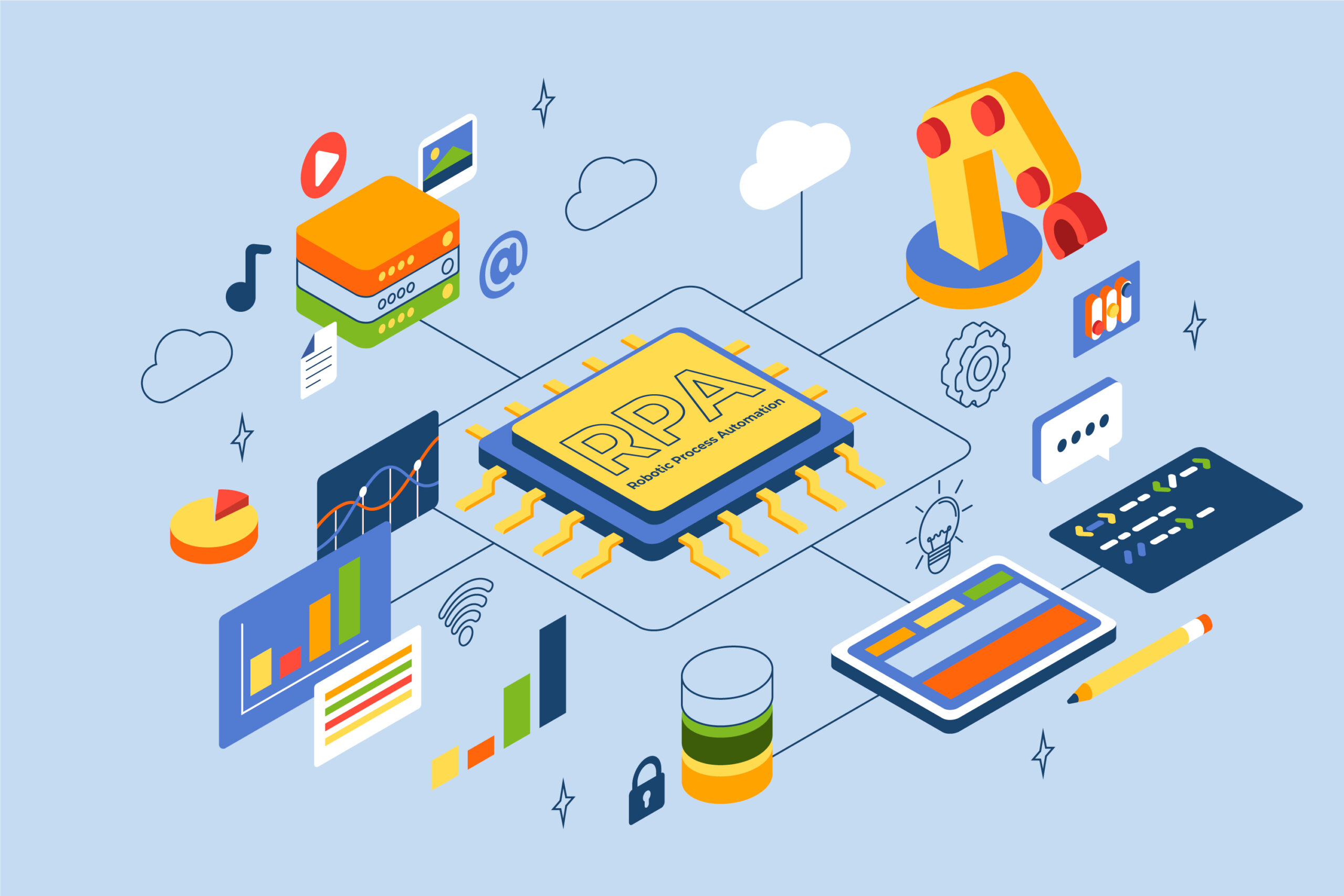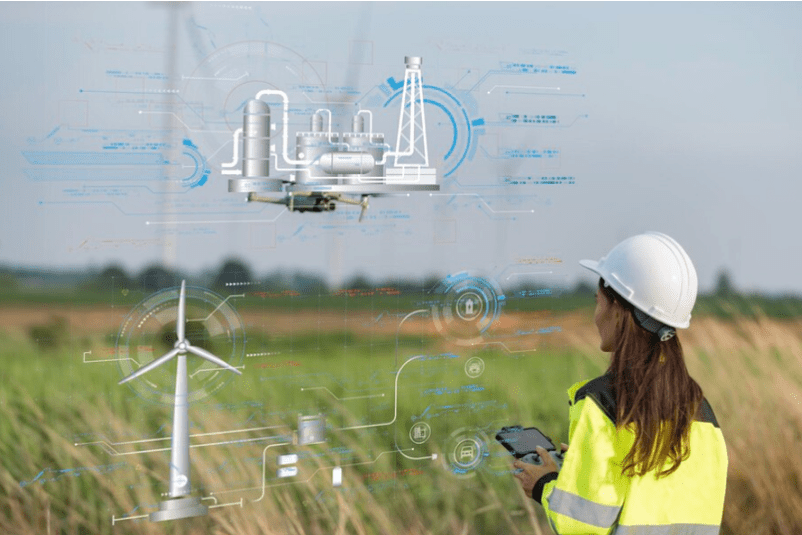What is Robotic Process Automation (RPA)? how it works?
Marketing Team
Posted on
Feb
15,
2023

Robotic Process Automation (RPA) is an emerging technology that is transforming the way businesses operate. In this blog post, we’ll explore what RPA is, how it works, and why it’s become such a popular technology in recent years.
Robotic Process Automation (RPA) is a technology that allows businesses to automate repetitive, time-consuming tasks using software robots. These robots can be programmed to perform a wide range of tasks, including data entry, form filling, and data extraction. They can also interact with multiple systems and applications, making it possible to automate complex processes that would normally require manual intervention.
RPA offers a range of benefits to businesses, including improved efficiency, increased accuracy, and reduced costs. By automating repetitive tasks, businesses can free up their employees to focus on more strategic and creative work, improving overall productivity. RPA can also reduce the risk of errors, as the software robots are programmed to perform tasks accurately and consistently.
RPA works by creating software robots that can be programmed to perform a wide range of tasks. These robots can interact with multiple systems and applications, making it possible to automate complex processes that would normally require manual intervention. The software robots can be triggered by events, such as the arrival of new data, or they can be scheduled to run at specific times.
One of the key advantages of RPA is that it can be easily integrated into existing systems and processes. This could mean that businesses can start using RPA without having to make significant changes to their existing infrastructure. Additionally, RPA is flexible and scalable, making it easy to adapt to changing business needs.
RPA is becoming increasingly popular for several reasons. Firstly, it offers a quick and easy way to automate repetitive, time-consuming tasks, freeing up employees to focus on more strategic and creative work. Secondly, RPA can be integrated into existing systems and processes, making it easy to adopt without significant infrastructure changes.
Another factor contributing to the popularity of RPA is the increasing demand for automation across all industries. Businesses are under increasing pressure to operate more efficiently and effectively, and RPA provides a way to achieve this by automating repetitive tasks. Additionally, RPA is becoming increasingly affordable, making it accessible to businesses of all sizes.
The future of RPA is bright, with many experts predicting that the technology will continue to grow and evolve in the coming years. As RPA becomes more sophisticated, businesses will likely be able to automate even more complex processes, improving efficiency and reducing costs even further.
Additionally, RPA is likely to become increasingly integrated with other technologies, such as Artificial Intelligence (AI) and Machine Learning (ML). This will allow businesses to automate even more complex processes, as the software robots will be able to learn from data, reason, think and make logical decisions based on that data.
When done right automation technologies can have a positive impact in the bottom line by delivering real benefits from providing faster services times, generating valuable insights, increasing flexibility and scalability of the system based on demand, delivering best in class quality, while providing with savings and productivity benefits. According to a survey done by Automation Anywhere 55% of the organisations believe their automations program is successful, are ready to take the next step?




© 2025 Solidpro. Designed with passion @ Spidergems Softlabz